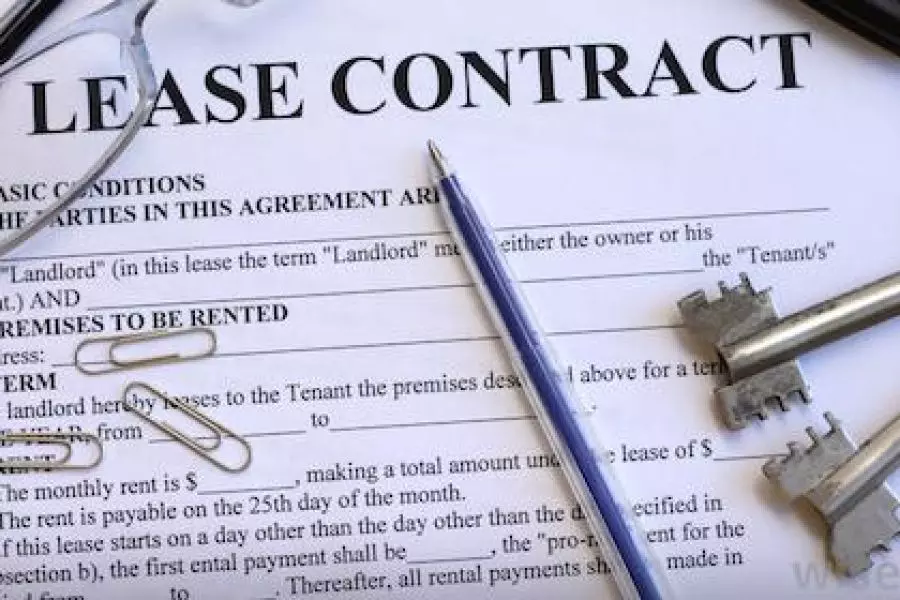
News
“No access in emergency” lease clause: putting it in context

Wednesday 8th of April 2020
The COVID-19 Level 4 lockdown, along with the order by the Director-General of Health of 25 March 2020, makes it illegal for premises to open, with the exception of essential businesses.
There has been much publicity and commentary relating to the Auckland District Law Society’s (ADLS) Deed of Lease and particularly on the “no access in emergency” clause (clause...
Want to read the full article?
Click the button below to subscribe and will have unlimited access to full article and all other articles on the site.





![[The Wrap] Bye Bye Bayly](https://goodreturns.publit.io/file/c_fill,w_900,h_600/39f23ac1-f7c7-4854-b700-a150004ebbac.webp)


